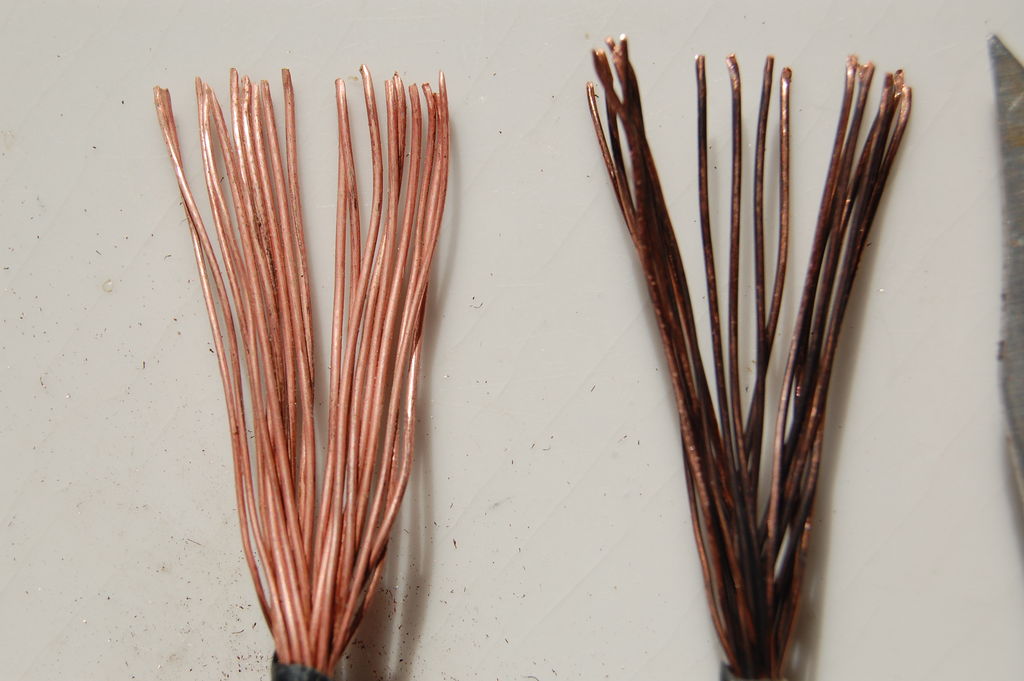Arduinos and Raspberry Pis are close to the heart of every Amateur (or at least they should be). There’s no shortage of amazing things one can do with either of those hobbyist platforms, and not just from a radio perspective. If you’re new to either platform though, you may have quite the learning curve ahead of you – enter the Humble Book Bundle for DIY Electronics.

If you’ve never heard of Humble Bundle, they’re a digital distribution platform selling games, eBooks, software, and other digital content. Since Humble’s founding in 2010, their mission has been to support charity (“Humble”) while providing awesome content to customers at great prices (“Bundle”). Read about them here.
Best of all, you pay what you want for the bundle, and you can split how the money you pay is divided up between the creators, charity, Humble Partners, and Humble Bundle.
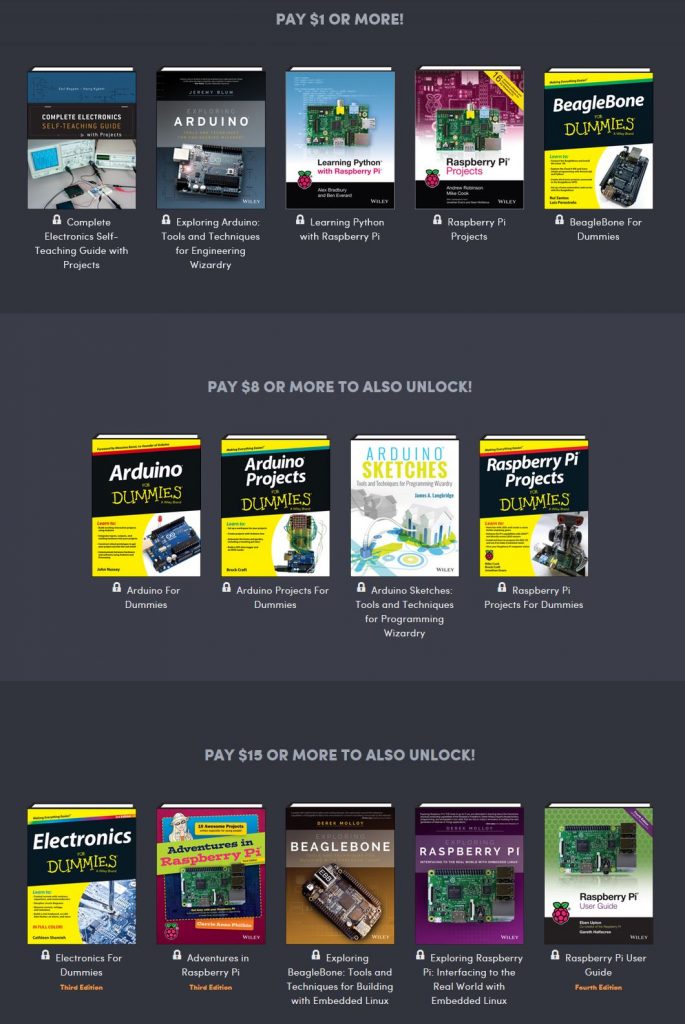
Humble Book Bundle: DIY Electronics by Wiley
Get Learning Python with Raspberry Pi, Electronics For Dummies, and more!
$414USD worth of digital books, Pay what you want, DRM-free, Multi-format
Pay $1USD or more to receive:
Complete Electronics Self-Teaching Guide with Projects
Exploring Arduino: Tools and Techniques for Engineering Wizardry
Learning Python with Raspberry Pi
Raspberry Pi Projects
BeagleBone For Dummies
Pay $8USD or more to also unlock:
Arduino For Dummies
Arduino Projects For Dummies
Arduino Sketches: Tools and Techniques for Programming Wizardry
Raspberry Pi Projects For Dummies
Pay $15USD or more to also unlock:
Electronics For Dummies
Adventures in Raspberry Pi
Exploring BeagleBone: Tools and Techniques for Building with Embedded Linux
Exploring Raspberry Pi: Interfacing to the Real World with Embedded Linux
Raspberry Pi User Guide
You’ve got until approximately March 28th 2018 to act, so don’t delay. Note too that yesterday (Pi Day!) saw the release of the new Raspberry Pi 3B+ with improved clock speeds and networking – read about it here. Spend the money you saved on the books buying yourself a shiny new Pi to play with!


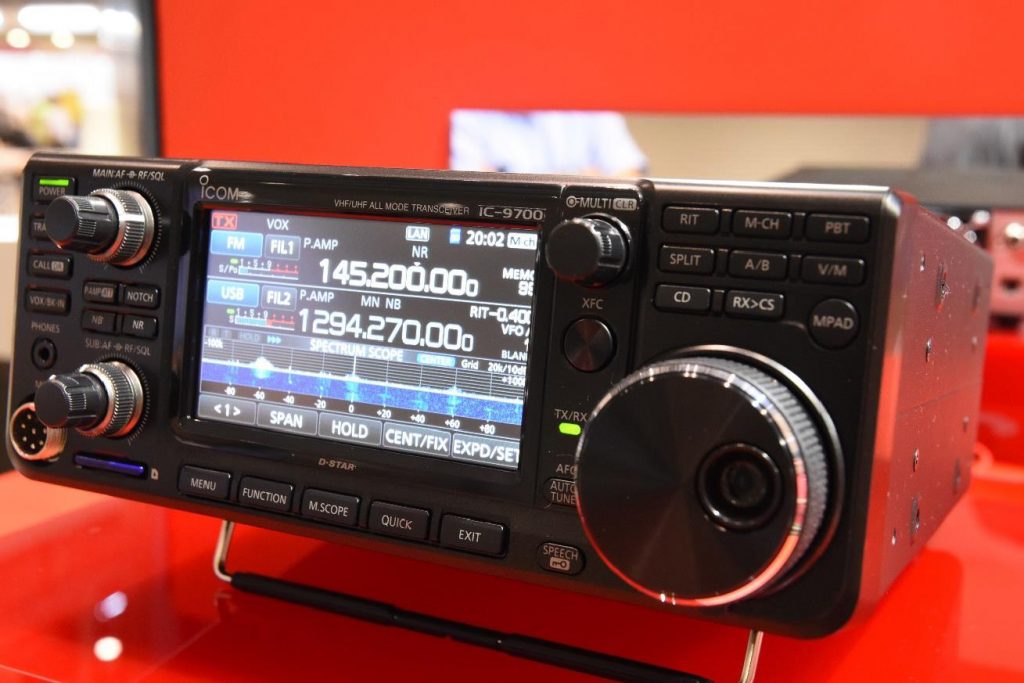
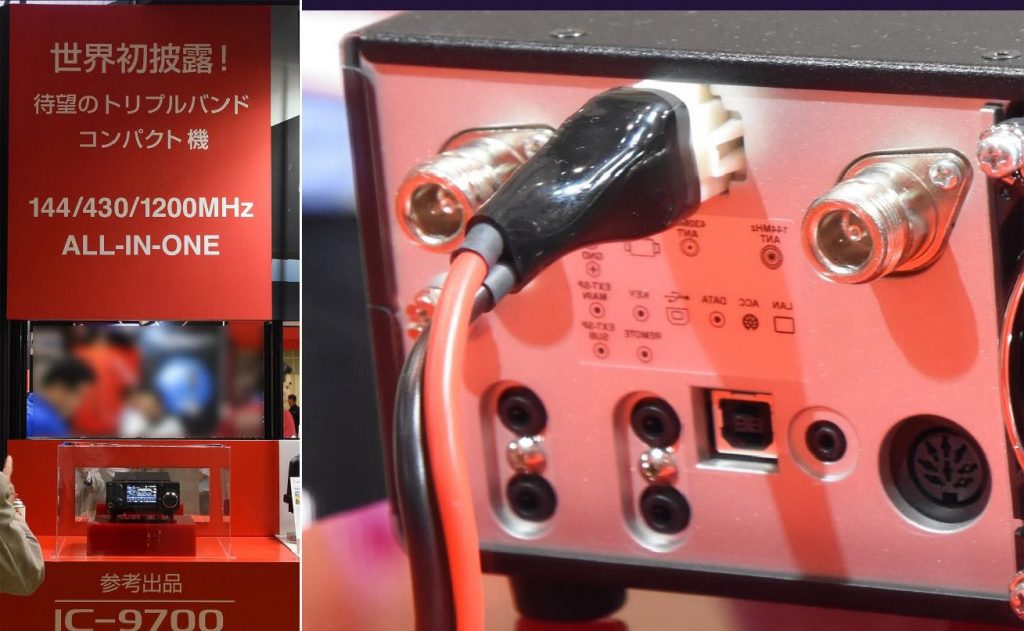
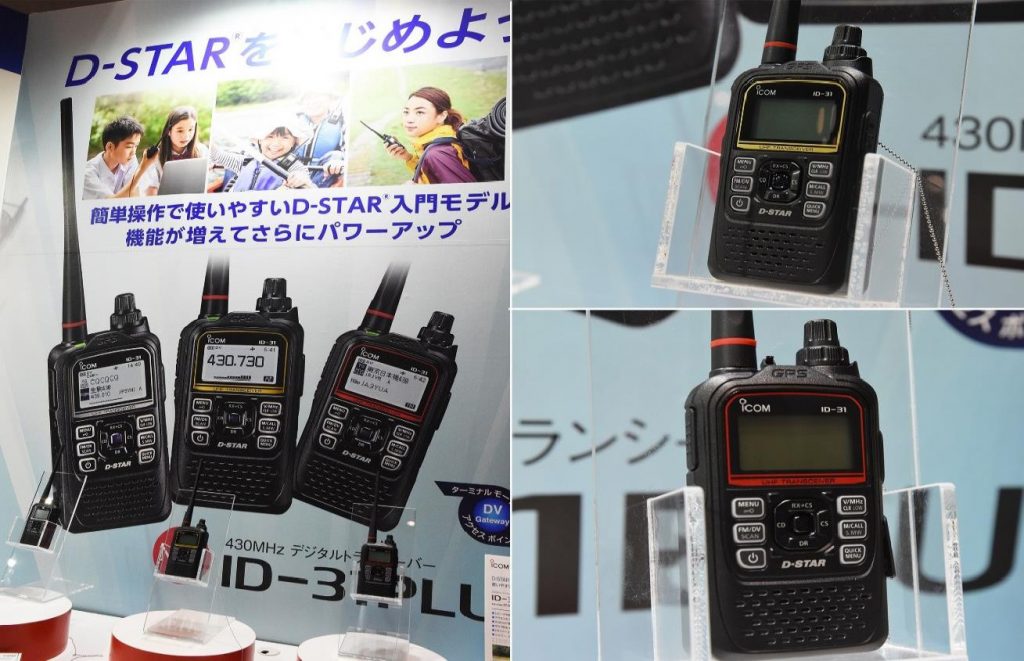
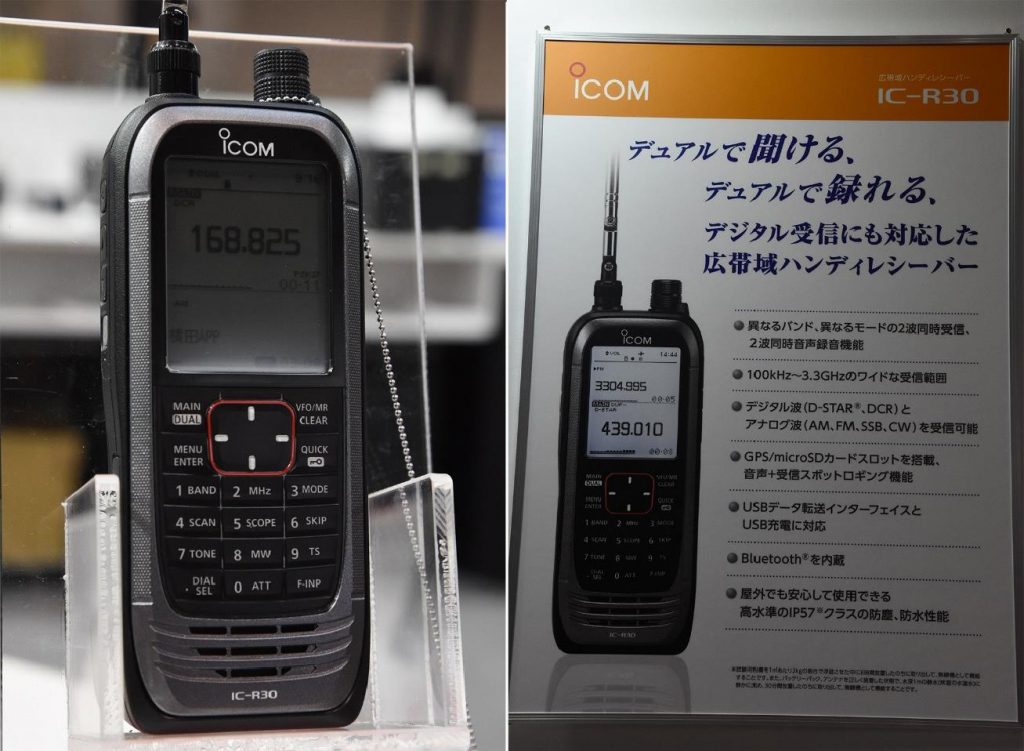
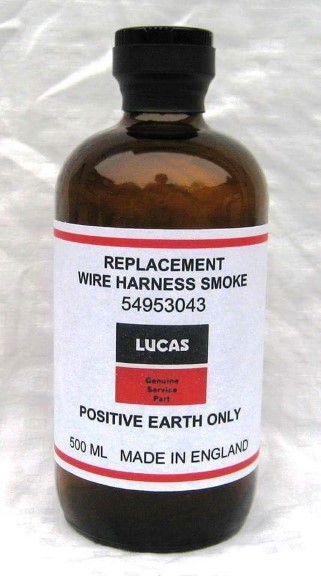 Bob’s right of course, it’s of limited use to us without a negative earth version, perhaps a group buy may be in order? In trying to track down a group buy price, I managed to find the following information on this product and matching Churchill Tool 18G548BS adapter tube and metering valve from a past auction:
Bob’s right of course, it’s of limited use to us without a negative earth version, perhaps a group buy may be in order? In trying to track down a group buy price, I managed to find the following information on this product and matching Churchill Tool 18G548BS adapter tube and metering valve from a past auction: